What is Sheng Jiang?
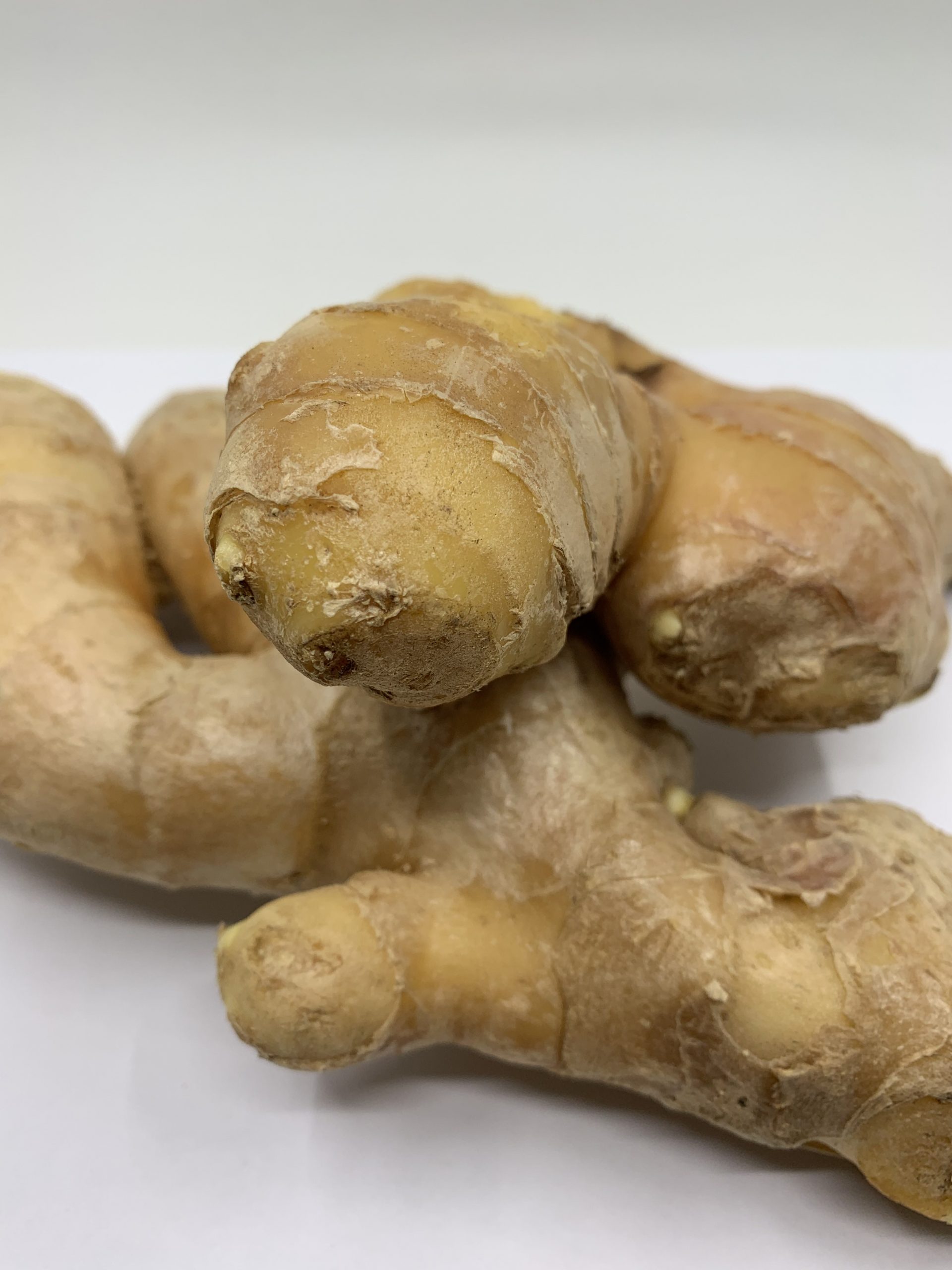
Sheng Jiang San (SJS), a multi-herb formulation, is used in treating high fever, thirsty and anxiety in ancient China and it is sometimes used to treat seasonal influenza nowadays.
How do you cook Fu Ling?
Use of poria-cocos mushrooms (Fu Ling) in TCM Preparation: Soak in water, wash, steam slightly, remove the outside skin, cut into pieces or thick slices, dry. Main actions according to TCM*: Encourages urination and drains Dampness. Tonic to the Spleen/Stomach. Assists the Heart and calms the Spirit. One may also ask is poria mushroom good for kidney health? Poria mushroom contains chemicals that might improve kidney function, lower serum cholesterol, reduce inflammation, and suppress immune function. It might also have antitumor and anti-vomiting effects.
What is Suan Zao Ren Tang?
Suan-Zao-Ren decoction (SZRD) is a well-known formula, which is composed of five herbs, namely Ziziphi Spinosae Semen (ZSS), Poria (P), Chuanxiong Rhizoma (CR), Anemarrhenae Rhizoma (AR), and Glycyrrhizae Radix Et Rhizoma (GRR). What is Shan Yao used for? Other names for Chinese yam are cinnamon vine, and shan yao. Chinese yam is used in Chinese herbal medicine, traditionally to treat disorders related to the stomach, spleen, lungs, and kidneys. The roots of Chinese yam contain diosgenin, which can be used to produce steroids such as estrogen and progesterone in a lab.
Where does Poria mushroom grow?
Spores: Germinate and infect the root of plants growing and reproducing sclerotia. Edibility: Edible; used to cook with or used as a medicinal herb. Habitat: Grows on pine trees, in particular Japanese red and Masson Pine; plus fir trees.
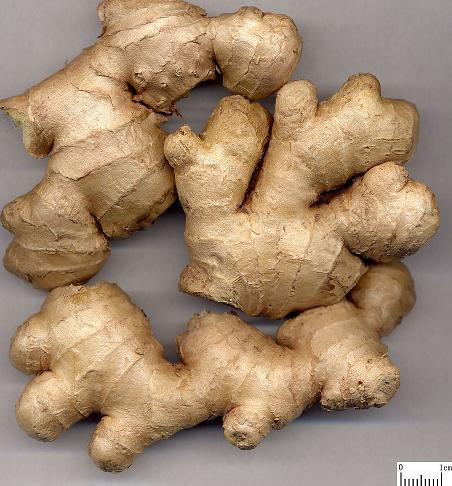
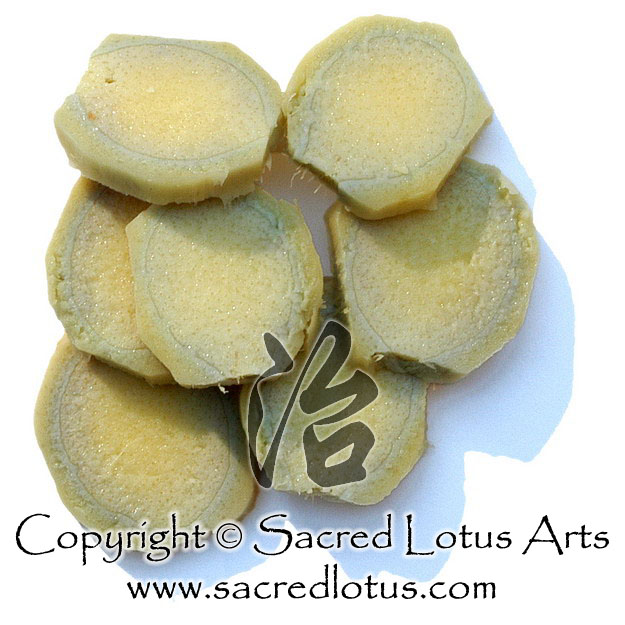
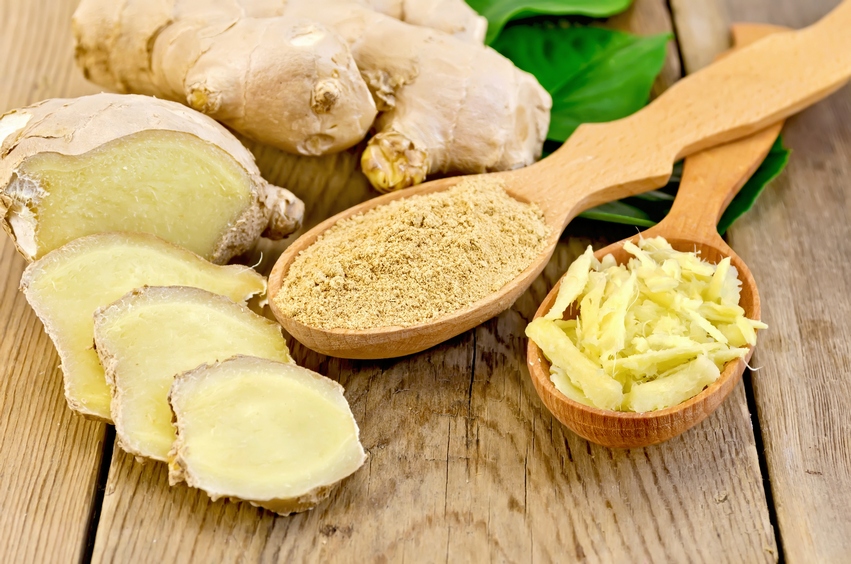


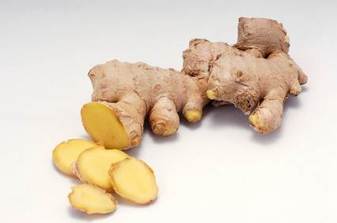
 Drugs Forum
Drugs Forum
